filter
-
Brand
- By Category
- Direction
- Date Range
208Events
Pictures
Events

Editorial St. Mary's Glacier, Idaho Springs, Colorado, United States - 24 Jul 2024
- 2024-07-25
- 1

Editorial TRV-TEXAS-AIRPORTS-CANCELLATIONS-FT
- 2024-04-22
- 1
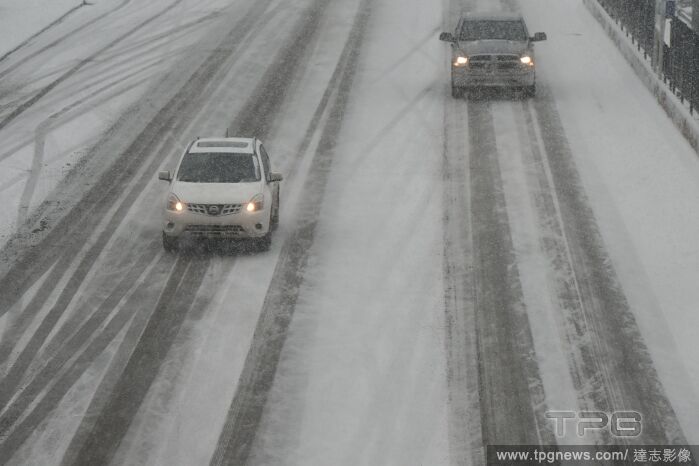
Editorial Edmonton Area Gets Hit By Big Winter Blast, Canada - 25 Feb 2024
- 2024-02-29
- 7

Editorial Jenna Dewan bares her pregnant baby bump in frigid NYC weather!
- 2024-02-21
- 9

Editorial US-NEWS-MANSION-TAXES-TB
- 2024-02-13
- 1

Editorial PA: Lewisburg Polar Bear Plunge
- 2024-02-04
- 3

Editorial Daily Life In Edmonton, Canada - 21 Jan 2024
- 2024-01-23
- 2

Editorial EXCLUSIVE: Married life not so Golden? Newlywed Theresa Nist shovels snow in frigid temps with new hubby Gerry Turner nowhere to be seen
- 2024-01-23
- 45

Editorial CHICAGO-MIGRANTS-WINTER
- 2024-01-21
- 1

Editorial Cold Weather Returns To St. Louis
- 2024-01-20
- 1
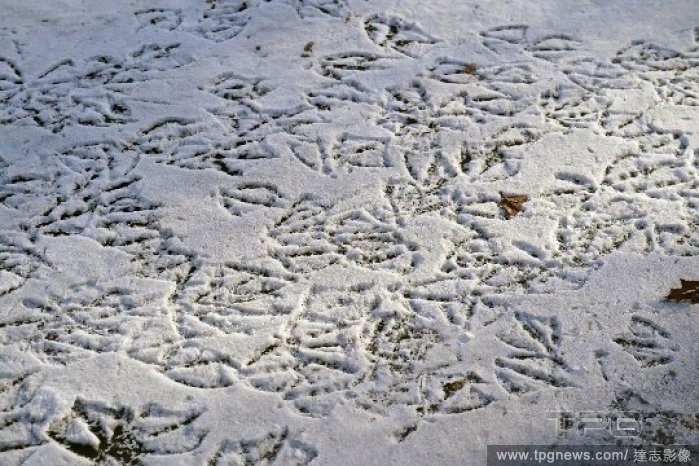
Editorial Cold Weather Returns To St. Louis
- 2024-01-20
- 1
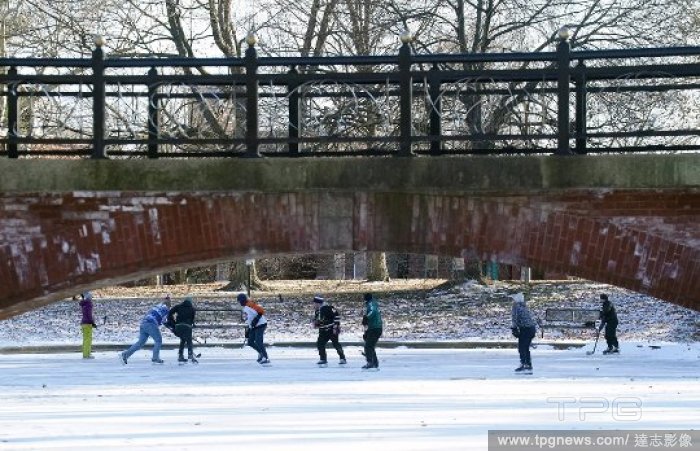
Editorial Cold Weather Returns To St. Louis
- 2024-01-20
- 2
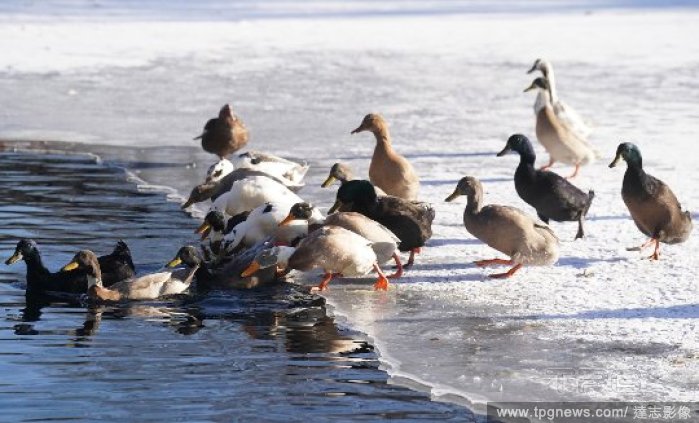
Editorial Cold Weather Returns To St. Louis
- 2024-01-20
- 1

Editorial Cold Weather Returns To St. Louis
- 2024-01-20
- 1

Editorial Cold Weather Returns To St. Louis, Missouri, United States - 19 Jan 2024
- 2024-01-20
- 6

Editorial US-NEWS-WEA-ILL-COLD-DEATHS-TB
- 2024-01-19
- 1

Editorial *EXCLUSIVE* “Ted Lasso” star Juno Temple is all smiles while braving the frigid temperatures after shopping for lingerie in NYC
- 2024-01-18
- 23

Editorial US-NEWS-WEA-KANSAS-TEMPERATURES-KC
- 2024-01-18
- 1

Editorial Frigid Temperatures And Snowy Weather Continue In Toronto, Canada - 16 Jan 2024
- 2024-01-17
- 19
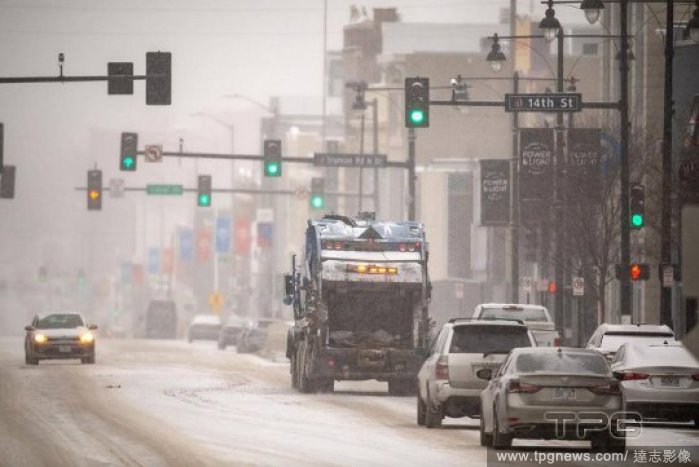
Editorial US-NEWS-WEA-KANSASCITY-TEMPERATURES-KC
- 2024-01-17
- 1

Editorial Ron DeSantis campaigns for the 2024 Iowa Caucus, West Des Moines, United States - 13 Jan 2024
- 2024-01-14
- 2

Editorial Ron DeSantis campaigns for the 2024 Iowa Caucus
- 2024-01-13
- 2

Editorial Edmonton Police Clear Final 'High-Risk' Homeless Camp, Canada - 10 Jan 2024
- 2024-01-12
- 12
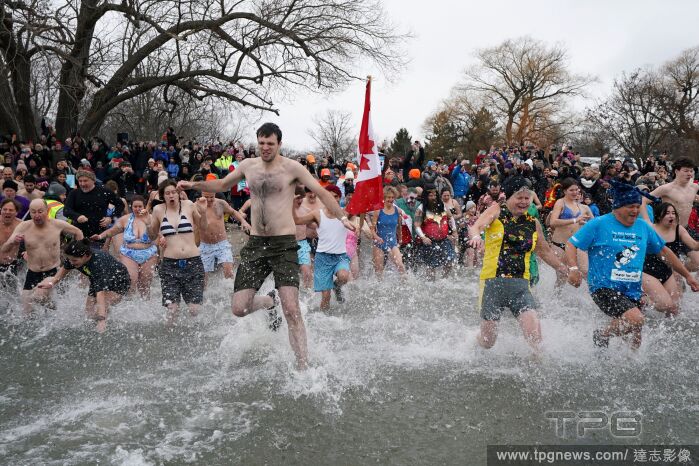
Editorial Ont Polar Bear Dip, Oakville, Canada - 01 Jan 2024
- 2024-01-02
- 13
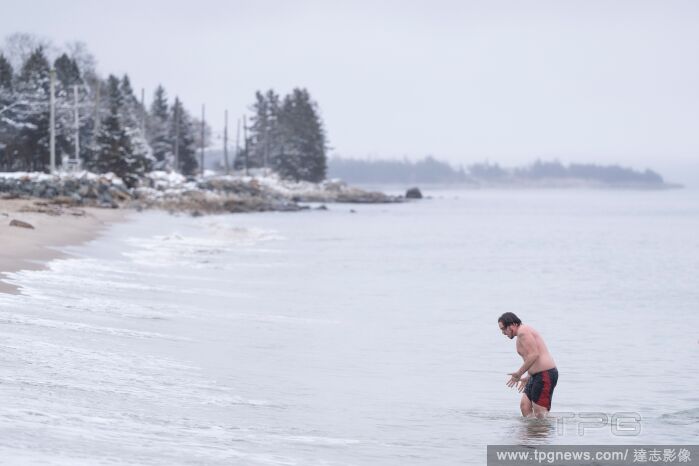
Editorial Ns Polar Bear Swim, Queensland, Canada - 01 Jan 2024
- 2024-01-02
- 4
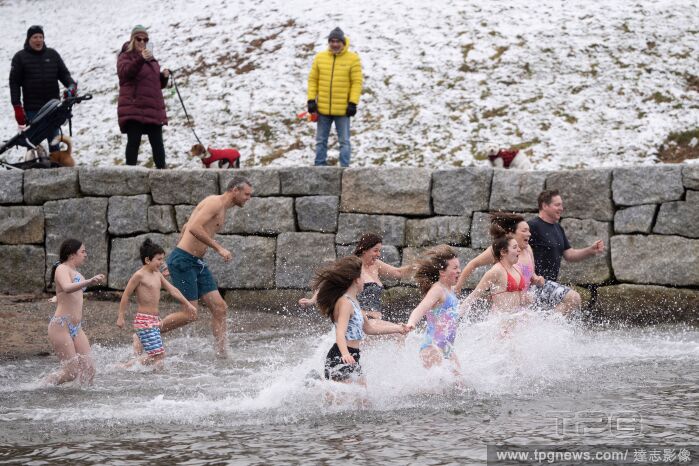
Editorial Ns Polar Bear Swim, Halifax, Canada - 01 Jan 2024
- 2024-01-02
- 3
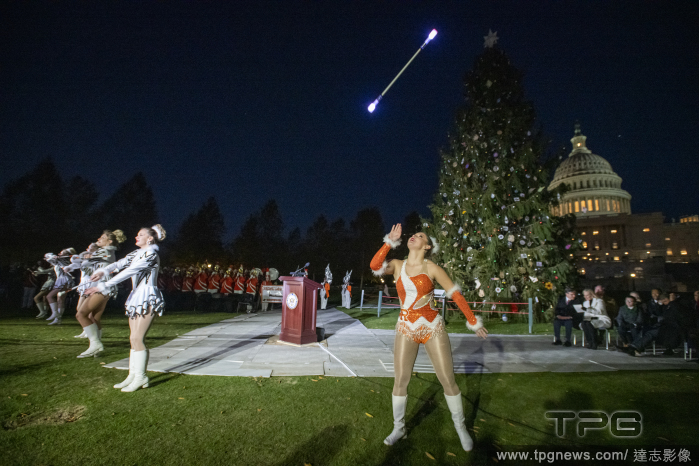
Editorial US Capitol Tree Lighting Ceremony
- 2023-11-29
- 6
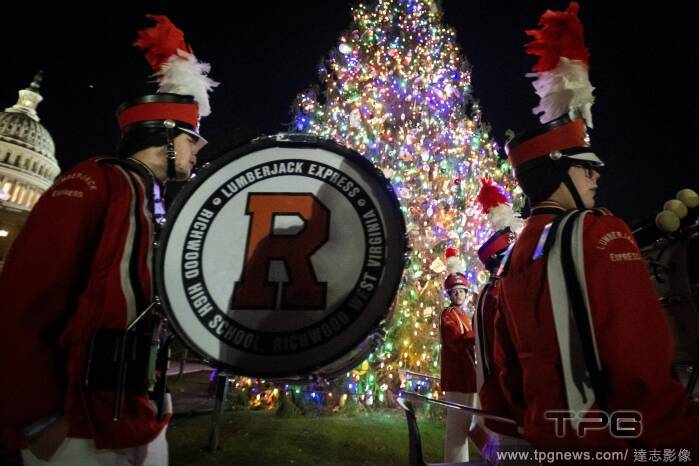
Editorial US Capitol Tree Lighting Ceremony
- 2023-11-29
- 6

Editorial US Capitol Tree Lighting Ceremony, Washington, District of Columbia, USA - 28 Nov 2023
- 2023-11-29
- 6
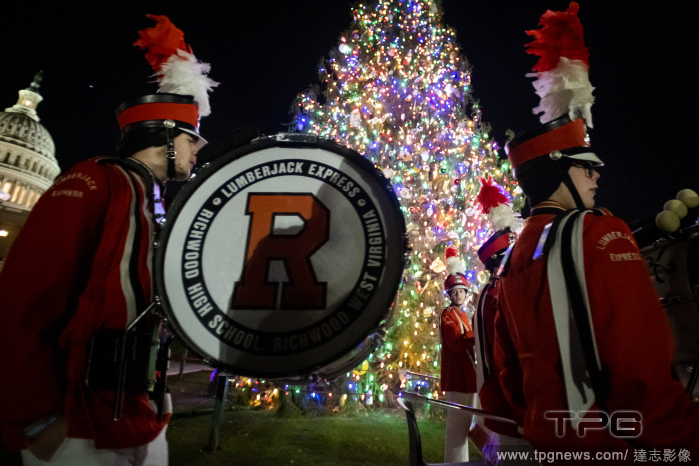
Editorial US Capitol Tree Lighting Ceremony
- 2023-11-29
- 6

Editorial Construction On NASA Mission To Map 450 Million Galaxies Is Under Way
- 2023-11-13
- 5

Editorial Pro-Palestinian Solidarity Rally 'Edmonton March For Gaza', Canada - 29 Oct 2023
- 2023-10-31
- 13

Editorial Pro-Palestinian Solidarity Rally 'Edmonton March For Gaza', Canada - 29 Oct 2023
- 2023-10-30
- 32

Editorial Local residents keep warm by burning pieces of an old armoir in a barbecue grill in Austin, Texas, on Feb. 17 2021, after Winter Storm Uri cast Texas into frigid darkness. The state paid the Bitdeer bitcoin mine an average of $175,000 an hour to keep its servers offline during the crisis. (Tamir Kalifa/The New York Times)
- 2023-04-11
- 1

Editorial Local residents keep warm by burning pieces of an old armoir in a barbecue grill in Austin, Texas, on Feb. 17 2021, after Winter Storm Uri cast Texas into frigid darkness. The state paid the Bitdeer bitcoin mine an average of $175,000 an hour to keep its servers offline during the crisis. (Tamir Kalifa/The New York Times)
- 2023-04-03
- 2

Editorial Local residents keep warm by burning pieces of an old armoir in a barbecue grill in Austin, Texas, on Feb. 17 2021, after Winter Storm Uri cast Texas into frigid darkness. The state paid the Bitdeer bitcoin mine an average of $175,000 an hour to keep its servers offline during the crisis. (Tamir Kalifa/The New York Times)
- 2023-03-31
- 3

Editorial Local residents keep warm by burning pieces of an old armoir in a barbecue grill in Austin, Texas, on Feb. 17 2021, after Winter Storm Uri cast Texas into frigid darkness. The state paid the Bitdeer bitcoin mine an average of $175,000 an hour to keep its servers offline during the crisis. (Tamir Kalifa/The New York Times)
- 2023-03-03
- 13
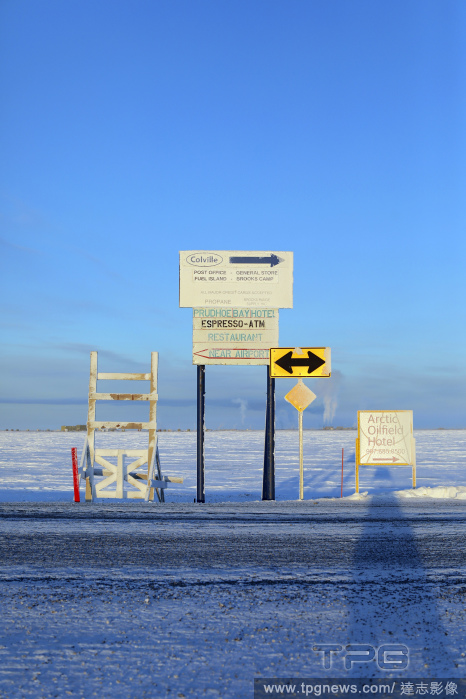
Editorial Signage in Deadhorse, Alaska, on Feb. 17, 2023. (Brian Adams/The New York Times)
- 2023-02-21
- 1
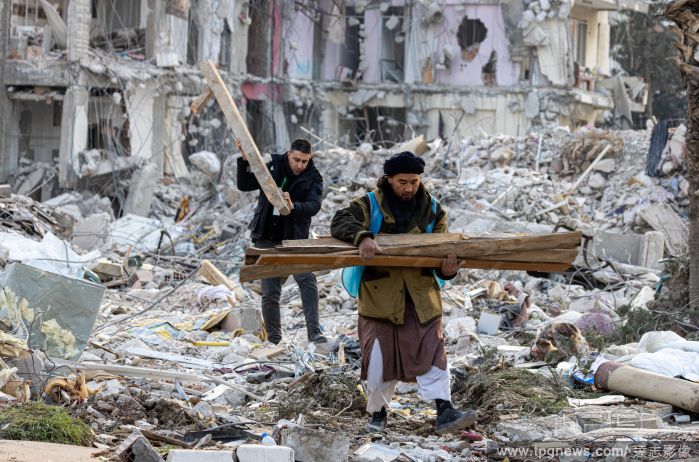
Editorial Earthquake aftermath, Antakya, Turkey - 12 Feb 2023
- 2023-02-15
- 1

Editorial Que Weather, Montreal, Canada - 04 Feb 2023
- 2023-02-06
- 12
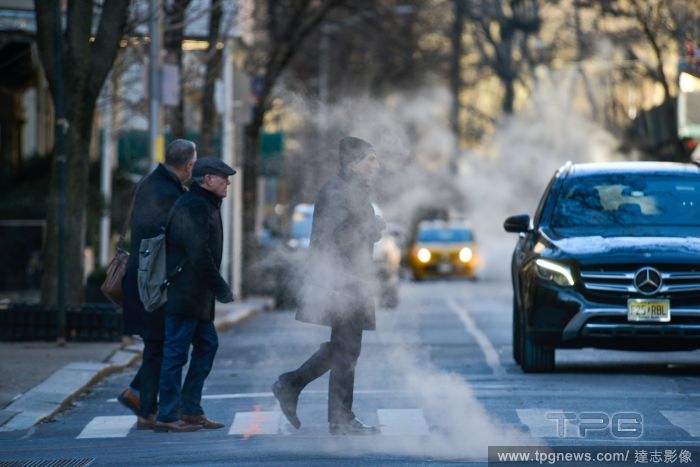
Editorial An Arctic Air Mass Freezes New York City, United States - 04 Feb 2023
- 2023-02-05
- 24
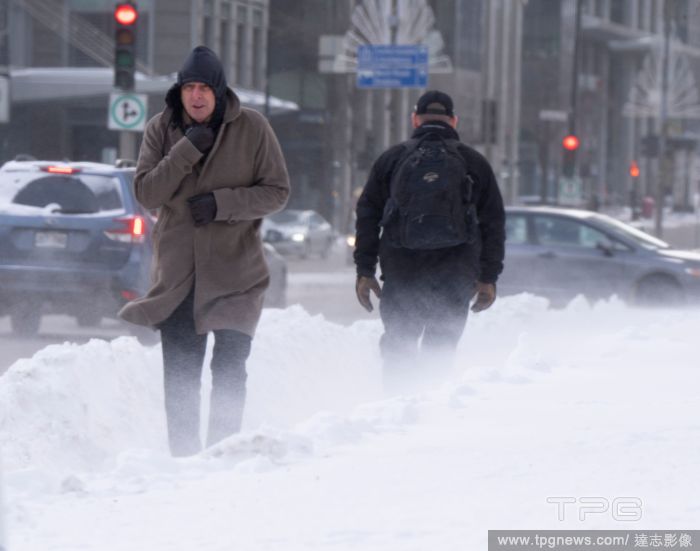
Editorial Que Weather, Montreal, Canada - 03 Feb 2023
- 2023-02-05
- 1

Editorial Ont Cold Weather, Kawartha Lakes, Canada - 03 Feb 2023
- 2023-02-05
- 3
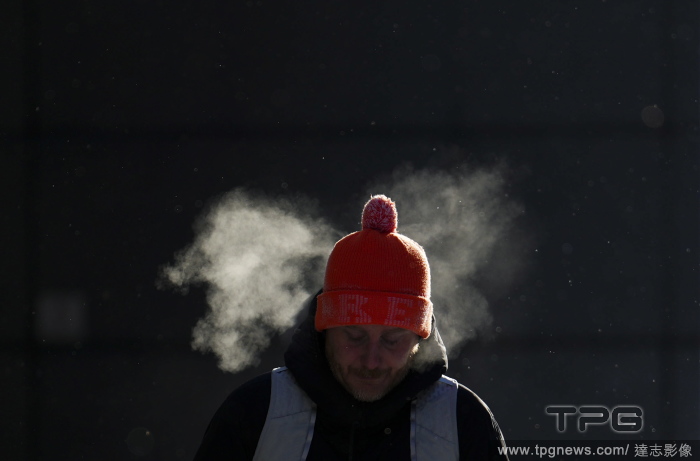
Editorial Wea Ont Cold Warning, Ottawa, Canada - 03 Feb 2023
- 2023-02-04
- 4

Editorial Travelers queue at Denver International Airport on Tuesday, Dec. 27, 2022. (Daniel Brenner/The New York Times)
- 2023-01-14
- 1
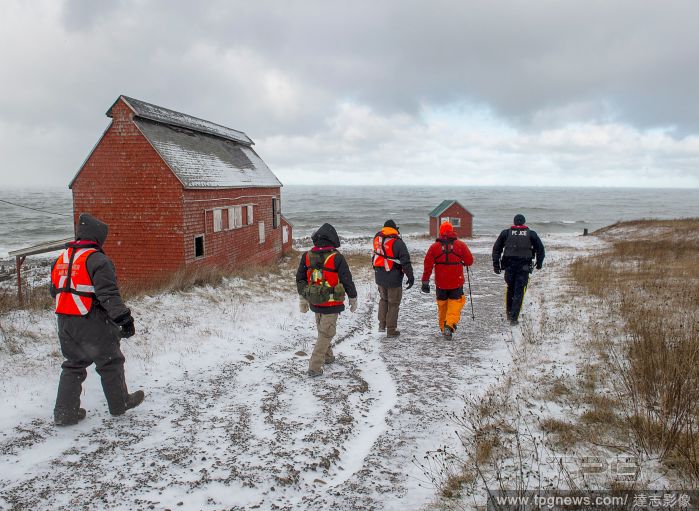
Editorial Small-Fishing-Stability, Hillsburn, Canada - 16 Dec 2020
- 2023-01-12
- 1

Editorial Erez Ziv, who helped found Frigid New York, in New York, Jan. 2, 2023. (George Etheredge/The New York Times)
- 2023-01-10
- 1

Editorial Ont-Polar-Bear-Dip, Oakville, Canada - 01 Jan 2023
- 2023-01-02
- 13
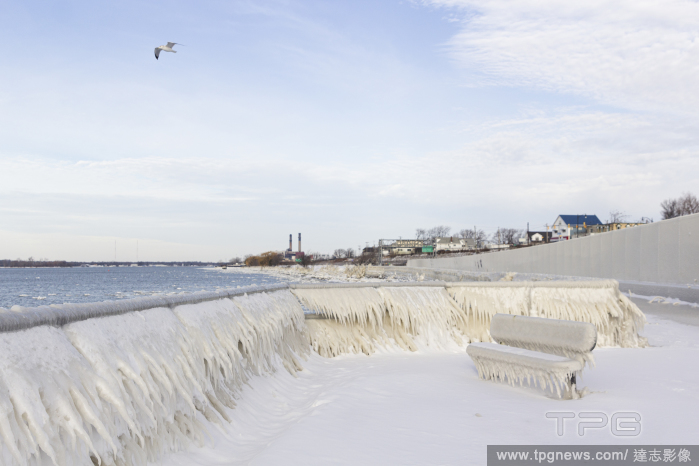
Editorial Frigid temperatures caused freezing along the Niagara River in Buffalo, N.Y., on Dec. 28, 2022. (Jalen Wright /The New York Times)
- 2022-12-30
- 1
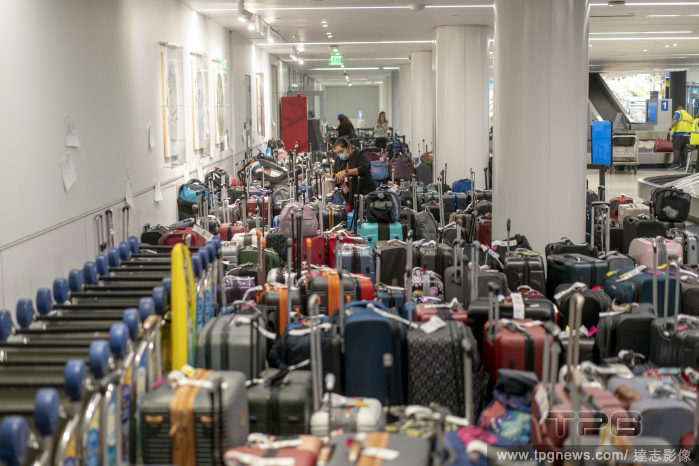
Editorial Luggage piled up at Los Angeles International Airport on Tuesday, Dec. 27, 2022. (Kyle Grillot/The New York Times)
- 2022-12-28
- 1

Editorial A fountain in Bryant Park in New York City is running over with frozen water during frigid temperatures
- 2022-12-27
- 7

Editorial Winter Weather In New York City - The Josephine Shaw Lowell Memorial Fountain In Bryant Park, United States - 25 Dec 2022
- 2022-12-26
- 6
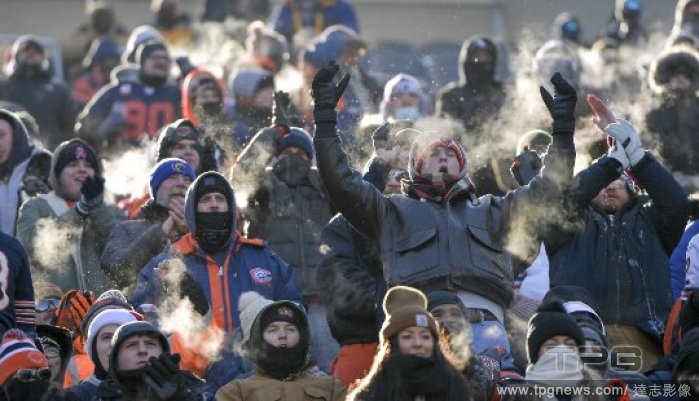
Editorial Buffalo Bills vs Chicago Bears in Chicago
- 2022-12-25
- 1

Editorial A pedestrian braves the cold in the DUMBO district of Brooklyn on Dec. 24, 2022. (Stephanie Keith/The New York Times)
- 2022-12-25
- 4

Editorial Bomb cyclone continues, CHICAGO, ILLINOIS, USA - 23 Dec 2022
- 2022-12-24
- 1

Editorial Cold Temperatures in Chicago, Naperville, Illinois, United States - 23 Dec 2022
- 2022-12-24
- 1

Editorial Cold Temperatures in Chicago
- 2022-12-24
- 1

Editorial Deirdre Henriquez, the outreach and advocacy director for Central Iowa Shelter & Services, pleads for unsheltered people to accept services in Des Moines, Iowa, Dec. 22, 2022. (Rachel Mummey/The New York Times)
- 2022-12-23
- 2

Editorial US-NEWS-WEA-STORM-2-TB
- 2022-12-22
- 1

Editorial Wea-Alta-Energy, Cochrane, Canada - 27 Dec 2020
- 2022-12-22
- 1

Editorial US-NEWS-WEA-STORM-2-TB
- 2022-12-22
- 1

Editorial *EXCLUSIVE* Kate Hudson wraps herself in a big cozy coat on a cold night in NY as she strolls around the East Village
- 2022-12-15
- 27

Editorial *EXCLUSIVE* Helena Christensen is make-up free while braving the frigid temperatures during a morning workout in NYC
- 2022-12-15
- 6
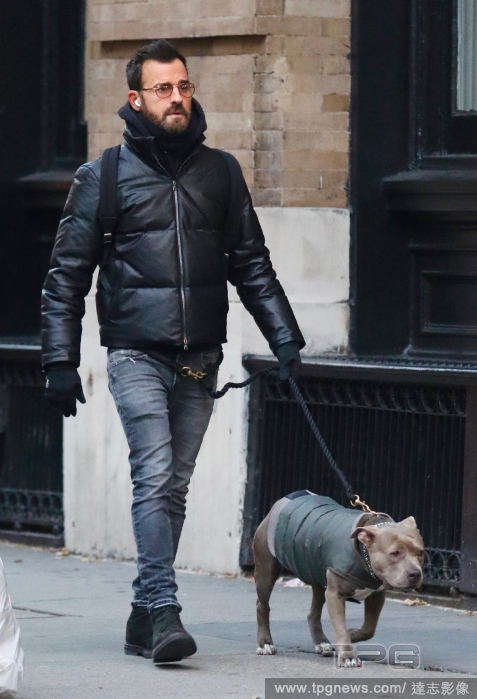
Editorial *EXCLUSIVE* A matching duo! Justin Theroux and his dog Kuma wear matching puffer jackets!
- 2022-12-13
- 18

Editorial Wea-Cold-Bc, Victoria, Canada - 25 Oct 2021
- 2022-12-04
- 1
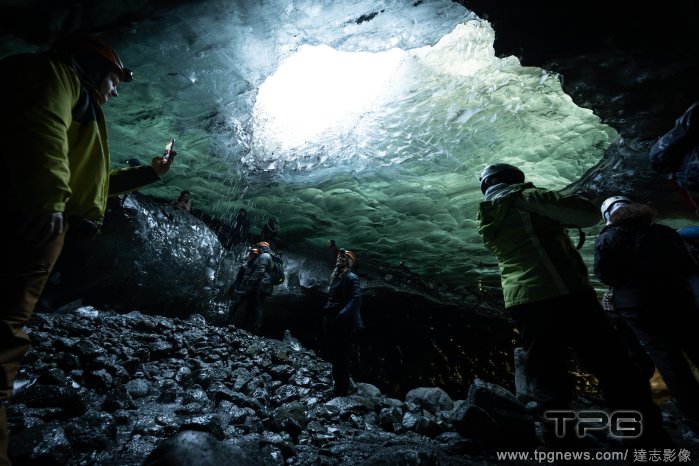
Editorial Blue Ice Cave Of The Vatnaj?kull Glacier, Skaftafell, Iceland - 18 Oct 2022
- 2022-12-01
- 12
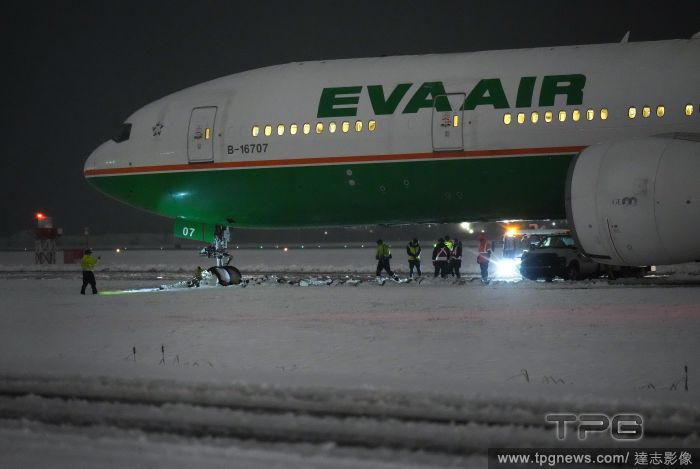
Editorial Wea Snowfall Bc Plane, Richmond, Canada - 30 Nov 2022
- 2022-12-01
- 8

Editorial Wea Snowfall Bc, Vancouver, Canada - 29 Nov 2022
- 2022-11-30
- 12
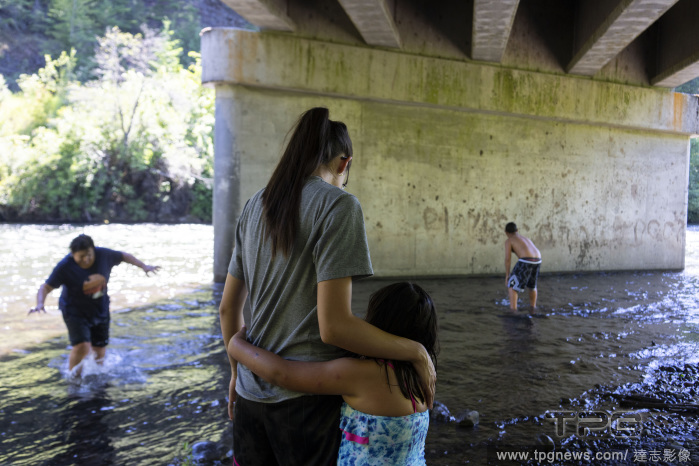
Editorial Kate Valdez’s family cools off from the heat in the frigid Klickitat River, which flows with melted snowpack from Mount Adams, in Glenwood, Wash., on June 26, 2022. (Ruth Fremson/The New York Times)
- 2022-10-26
- 1
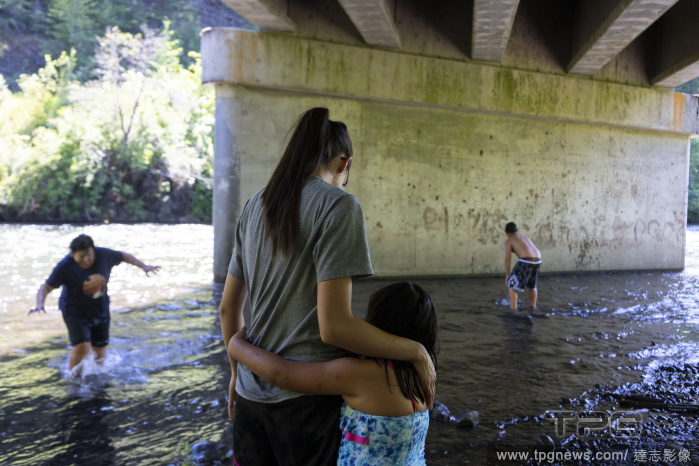
Editorial Kate Valdez’s family cools off from the heat in the frigid Klickitat River, which flows with melted snowpack from Mount Adams, in Glenwood, Wash., on June 26, 2022. (Ruth Fremson/The New York Times)
- 2022-10-22
- 1

Editorial Swedish Marines dive into frigid waters, clad in full bulletproof kits and carrying machine guns, during joint military exercises with U.S. Marines at Berga Naval Base in Sweden on Sept. 14, 2022. (Kenny Holston/The New York Times)
- 2022-10-04
- 1

Editorial U.S. Navy SEAL candidates participating in Basic Underwater Demolition/SEAL (BUD/S) training in 2018 in Coronado, Calif. Frequent plunges in the frigid Pacific Ocean are one of the most difficult aspects of training. (Petty Officer 1st Class Abe McNatt/Naval Special Warfare Command via The New York Times)
- 2022-08-30
- 2

Editorial *EXCLUSIVE* Diane Kruger goes out in frigid arctic temperatures with exposed legs
- 2022-03-29
- 11

Editorial Russia Religion Epiphany, Saint Petersburg - 19 Jan 2021
- 2022-03-21
- 9

Editorial St. Louis Downtown St. Patricks Day Parade, Missouri, United Statres of America - 12 Mar 2022
- 2022-03-13
- 14
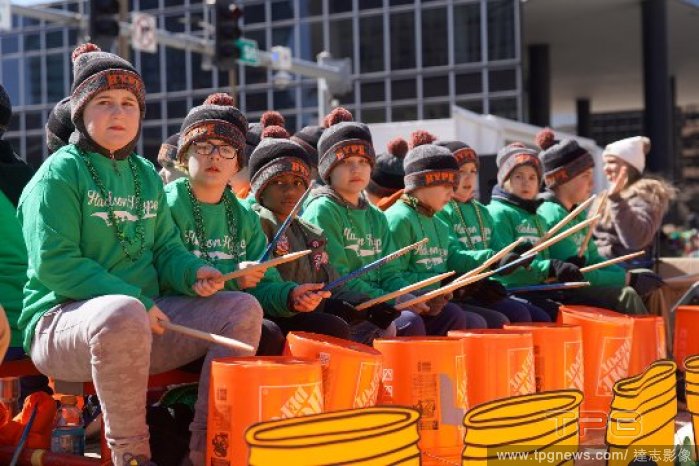
Editorial St. Louis Downtown St. Patricks Day Parade
- 2022-03-13
- 1

Editorial St. Louis Downtown St. Patricks Day Parade
- 2022-03-13
- 1

Editorial St. Louis Downtown St. Patricks Day Parade
- 2022-03-13
- 2

Editorial St. Louis Downtown St. Patricks Day Parade
- 2022-03-13
- 1

Editorial St. Louis Downtown St. Patricks Day Parade
- 2022-03-13
- 2

Editorial St. Louis Downtown St. Patricks Day Parade
- 2022-03-13
- 1

Editorial St. Louis Downtown St. Patricks Day Parade
- 2022-03-13
- 3

Editorial St. Louis Downtown St. Patricks Day Parade
- 2022-03-13
- 1

Editorial St. Louis Downtown St. Patricks Day Parade
- 2022-03-13
- 2

Editorial Countdown to the Beijing Olympics 2022
- 2022-02-01
- 1

Editorial A resident of the Brooklyn borough of New York ventures out after a snowstorm, Jan. 29, 2022. (Jose A. Alvarado Jr./The New York Times)
- 2022-01-31
- 8

Editorial NYC Entertainment News - January 30, 2022
- 2022-01-31
- 62

Editorial *EXCLUSIVE* Minka Kelly meets up with Kate Hudson for coffee while shopping in NYC
- 2022-01-29
- 38

Editorial *EXCLUSIVE* Brooke Shields wears a brown Teddy bear fur jacket in New York City after an appearance on 'The Drew Barrymore Show'
- 2022-01-27
- 9

Editorial Ont Cold Weather, Kingston, Canada - 21 Jan 2022
- 2022-01-22
- 5
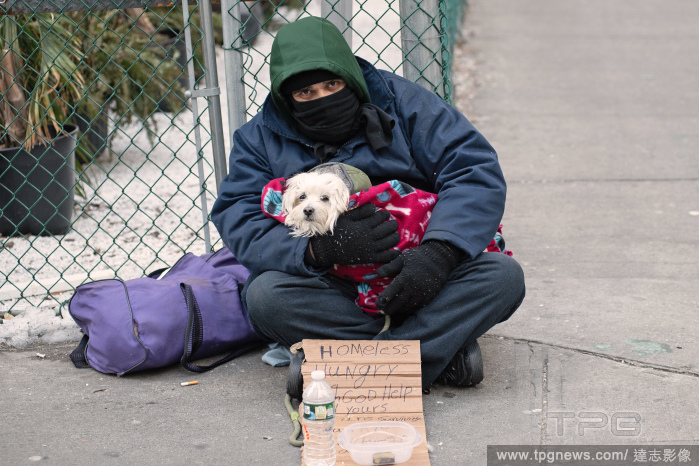
Editorial Homeless Try to Stay Warm as Frigid Temps Hit NYC
- 2022-01-16
- 11

Editorial NY: Cold weather grips New York
- 2022-01-12
- 7

Editorial Cold weather grips New York
- 2022-01-12
- 7

Editorial Traffic in Moscow, Sept. 22, 2021. (Sergey Ponomarev/The New York Times)
- 2022-01-09
- 1

Editorial Winter Bird Watching In Edmonton, Canada - 06 Jan 2022
- 2022-01-07
- 28

Editorial NASA Marshall
- 2022-01-05
- 5
 Loading
Loading 